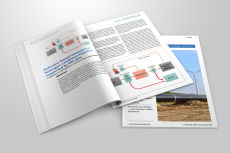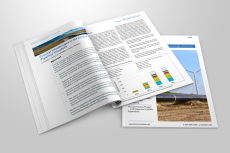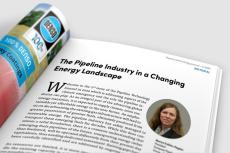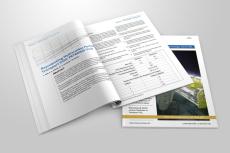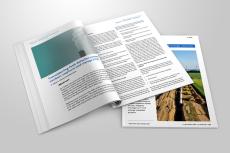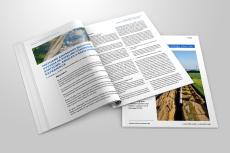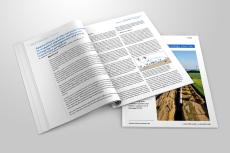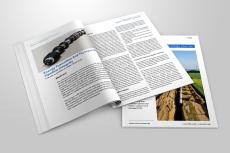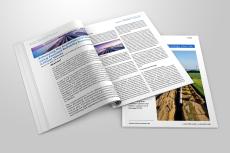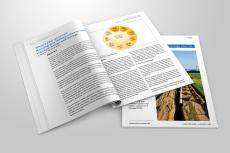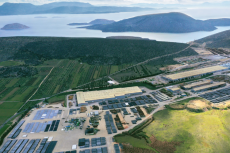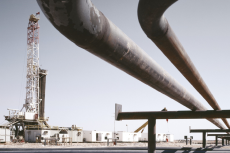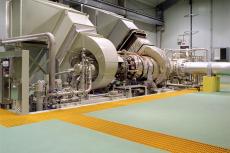The LTS Futures Project – a UK Operator’s (SGN) Experience of Assessing the Feasibility of Repurposing their Natural Gas Transmission System to Transport Hydrogen
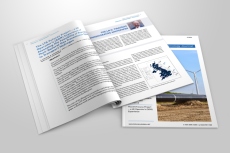
The LTS Futures Project – a UK Operator’s (SGN) Experience of Assessing the Feasibility of Repurposing their Natural Gas Transmission System to Transport Hydrogen
The Local Transmission System (LTS) is the backbone of the United Kingdom (UK) energy network, delivering natural gas from the National Transmission System (NTS) to towns and cities across the country. The four Gas Distribution Networks (GDNs) operate approximately 11,000 km of high-pressure pipelines, operating at pressures above 7 barg. The...

